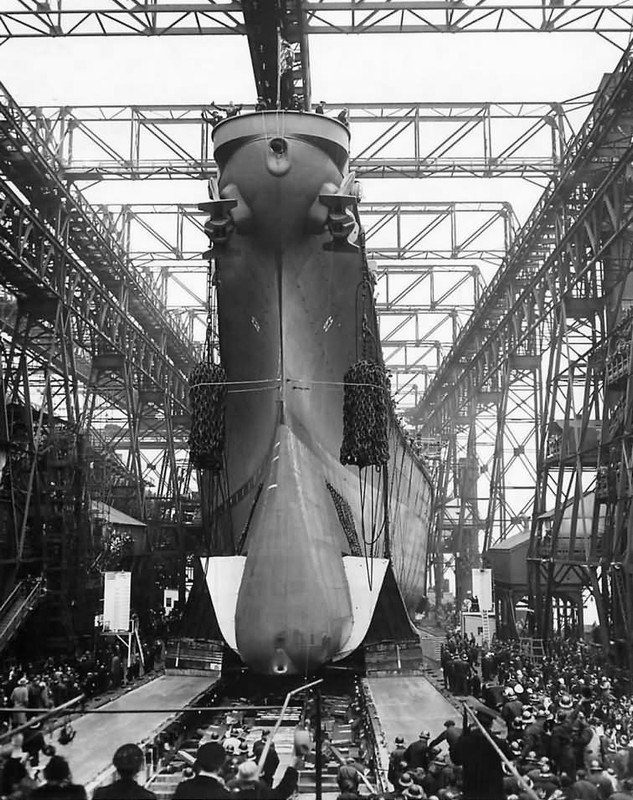thankyou capn , for the full explaination of how the bulb works . and for the link , I watched him do the 35' admirals boat , he has some serious skills . I've subscribed to him as well .
I found a pic of the bulbous nose on the missouri , could you explain to me what those side fenders , sticking out of it are for please , sort of toying with the idea making my own bulb , skills permitting of course .
